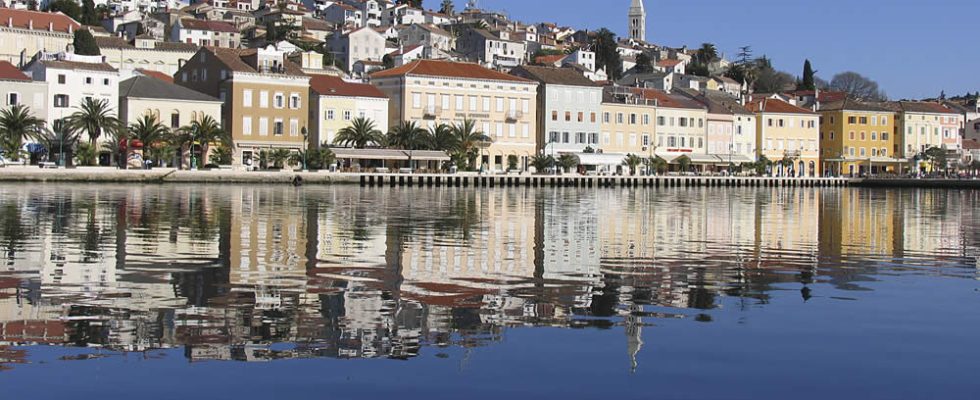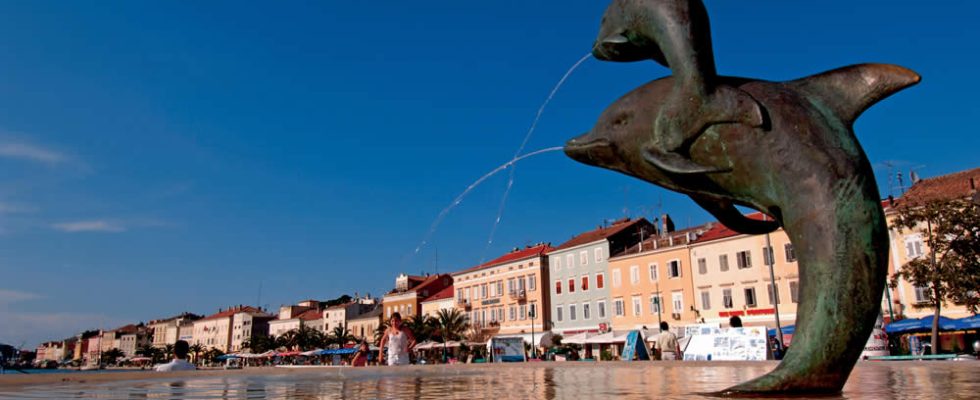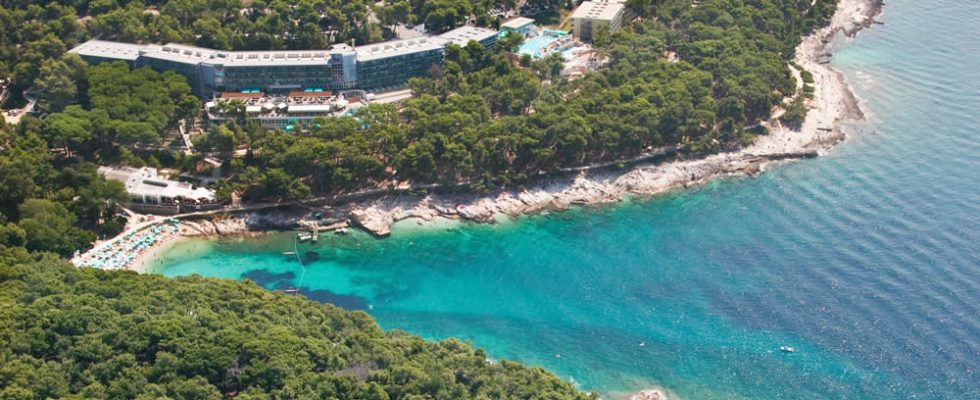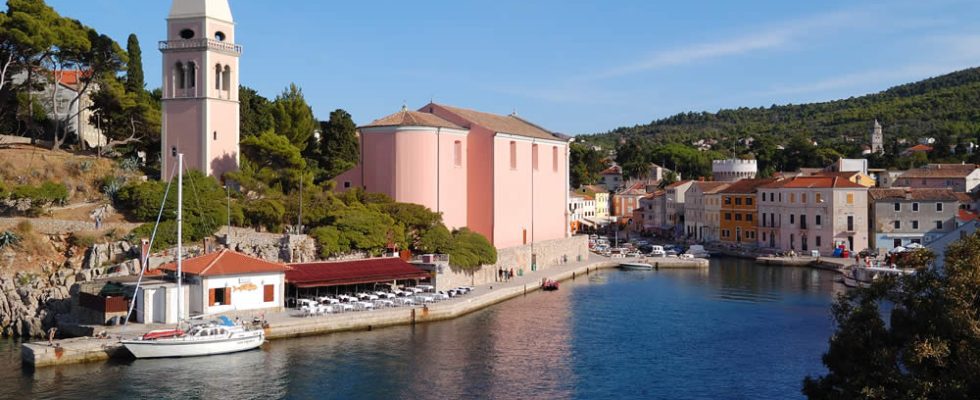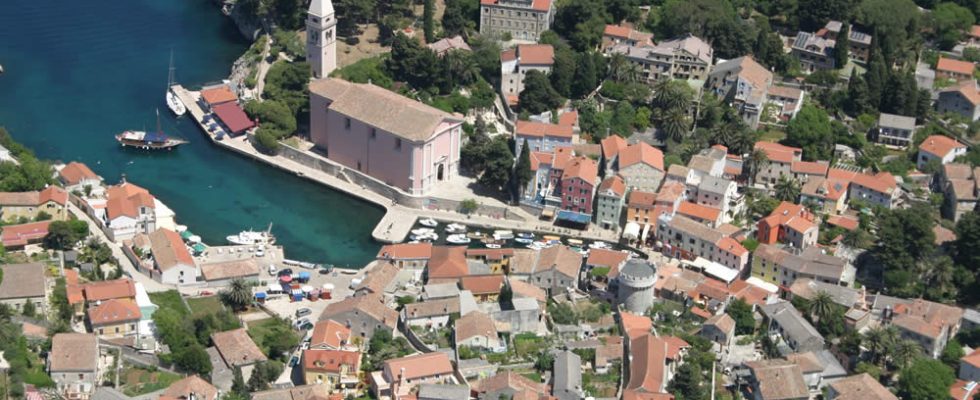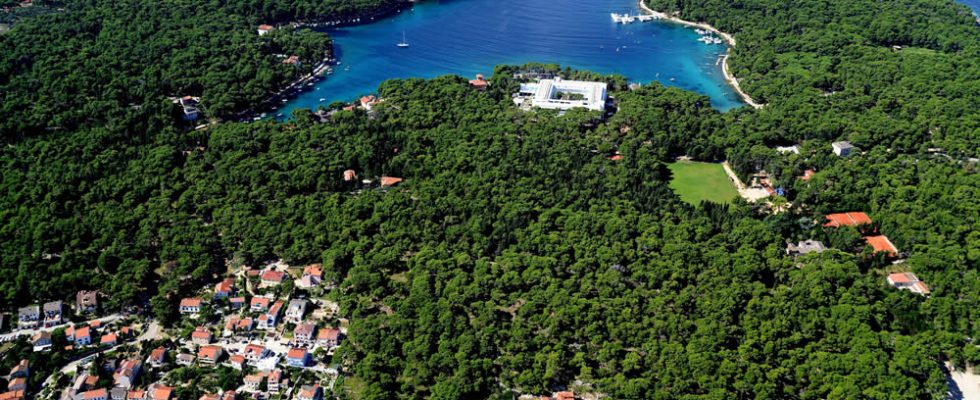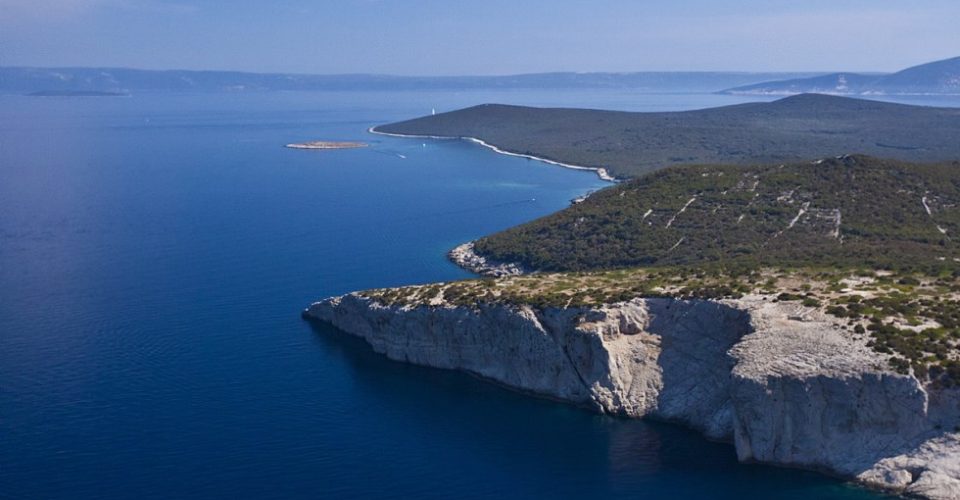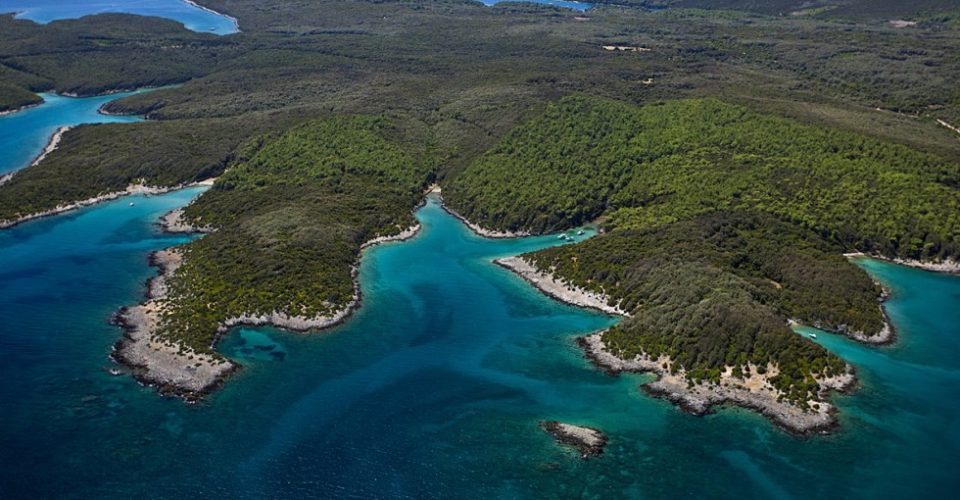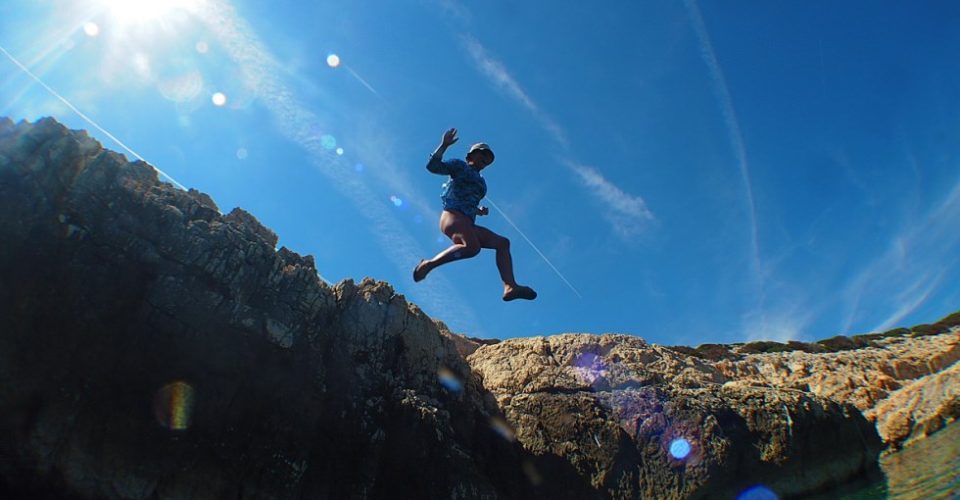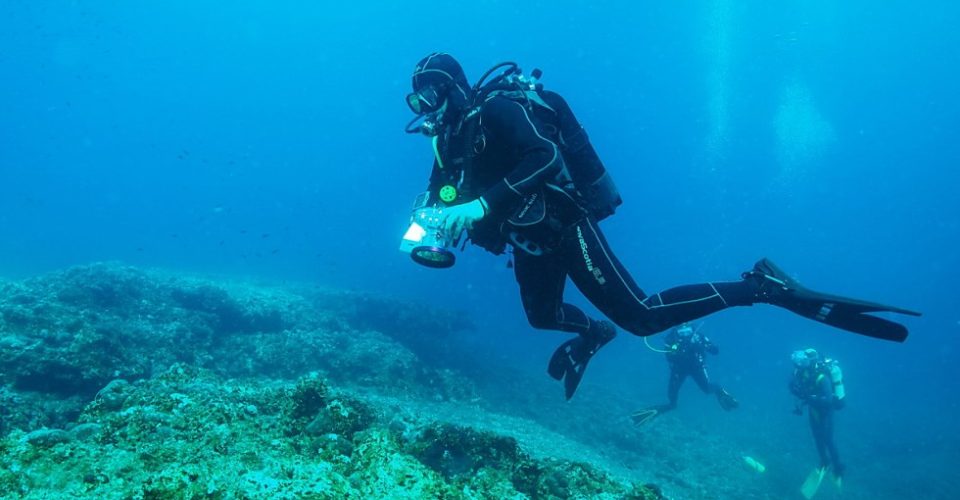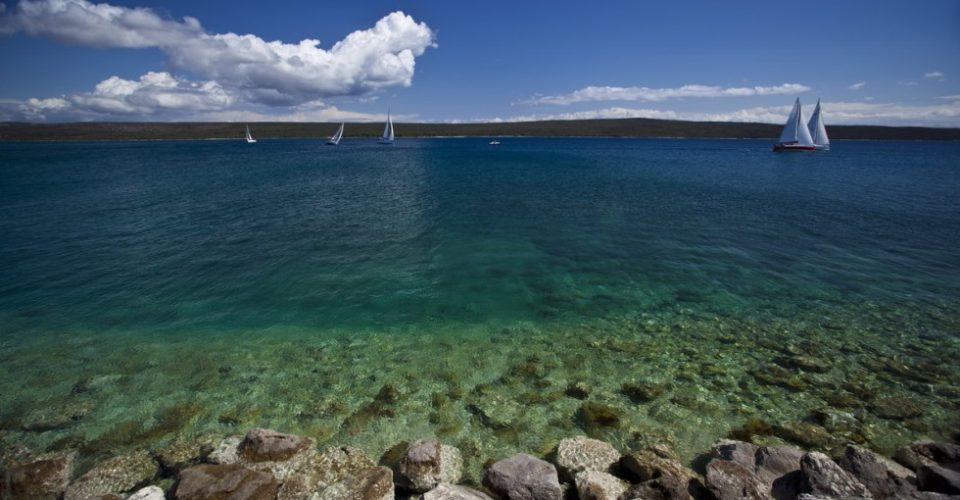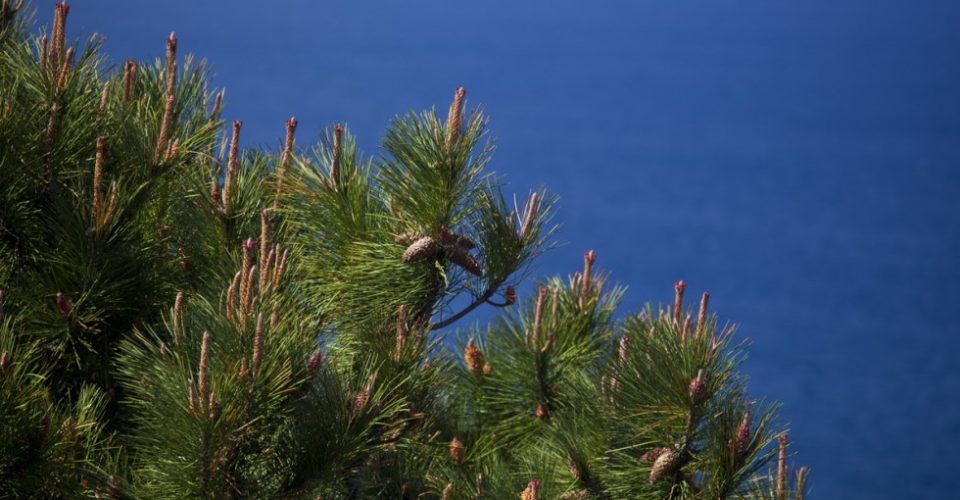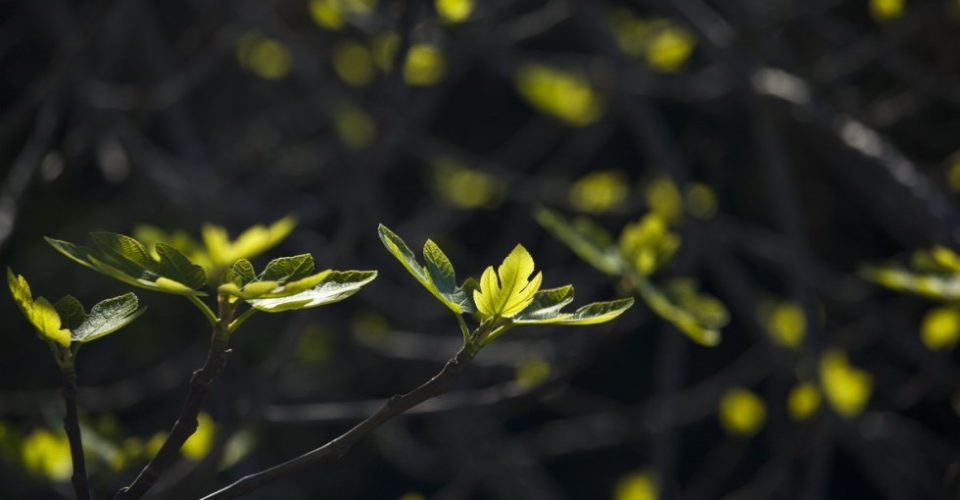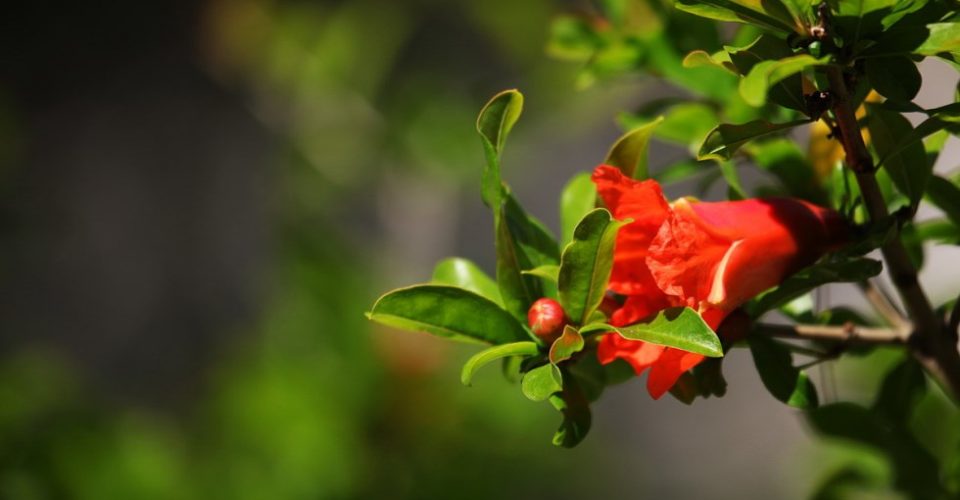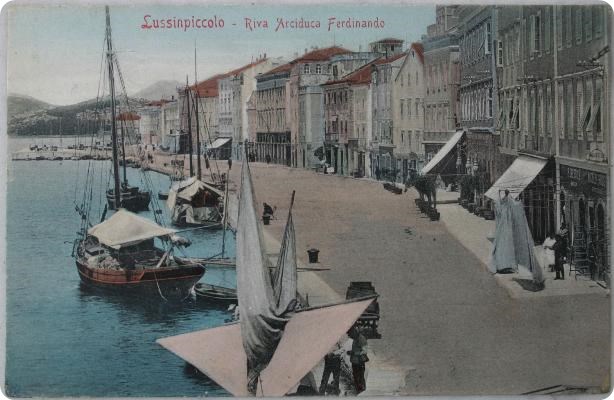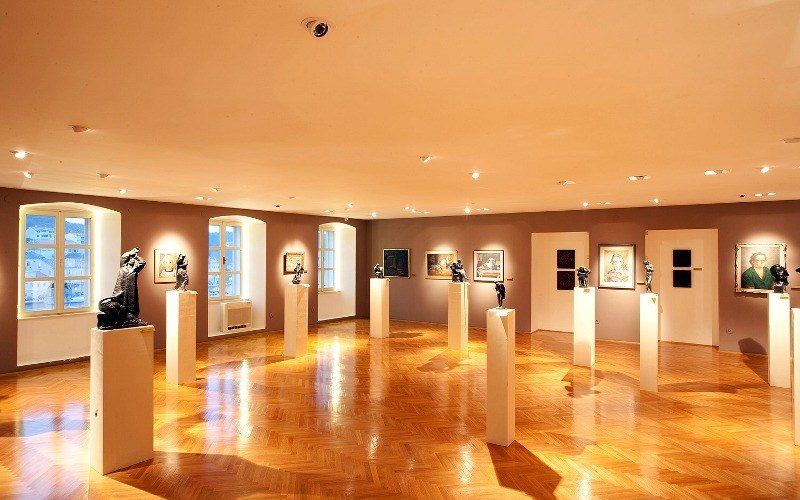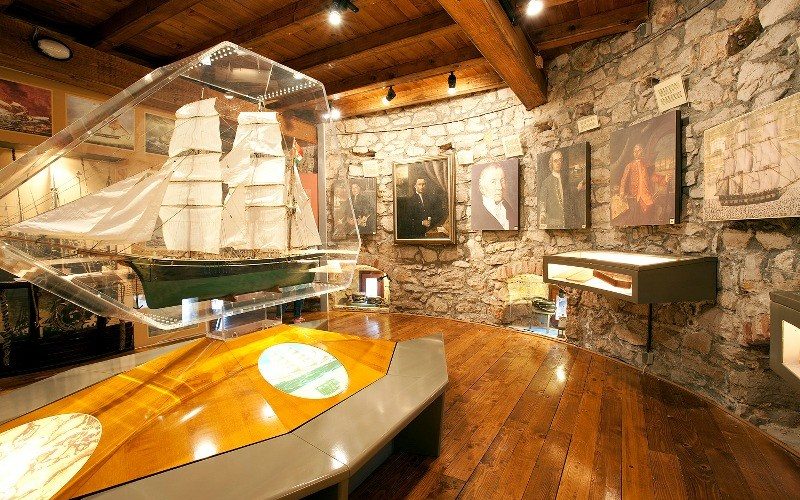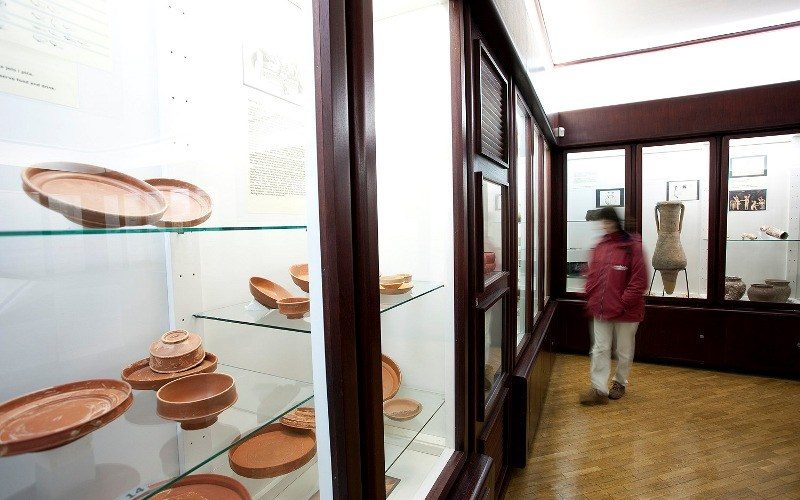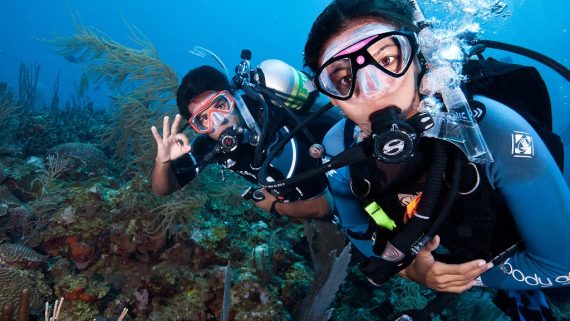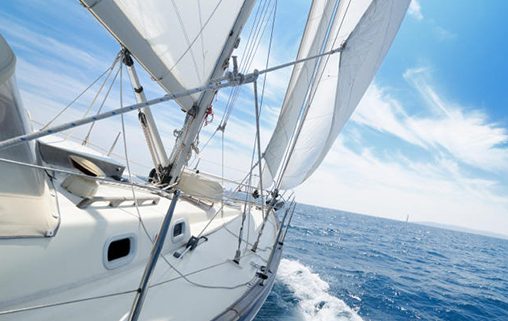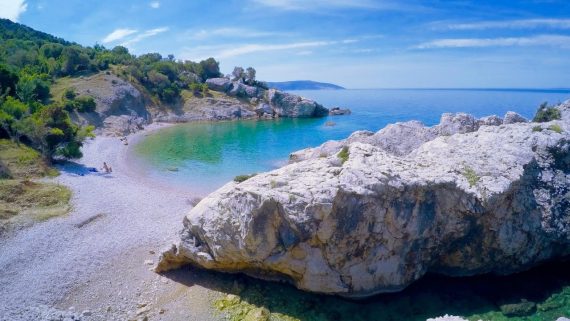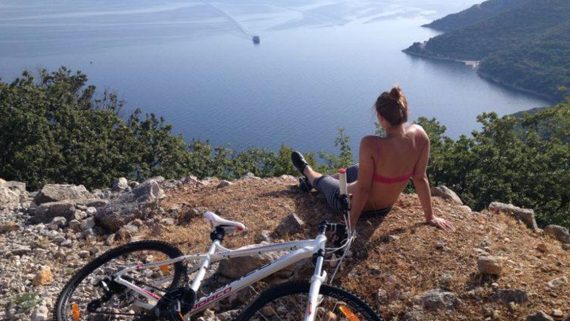
FEEL IT – THE ISLAND OF VITALITY
Lošinj has a health tourism tradition of over 125 years. Thanks to its mild Mediterranean climate, pinewoods and air, this is an ideal place to recreate your body and spirit. Learn to live with us, in harmony with nature
TAKE A LOOK
Let yourself go! Enjoy a view of dolphins dancing in a school while a griffon vulture guards the sky, wall geckos happily crawl across house walls, and the best shrimp in the world plays the beat with its claws somewhere deep down in the sea
BREATHE IN
Let yourself go! See what it’s like to be pampered by nature that has given Lošinj 1018 plant species – 939 are autochthonous and 230 are herbs
TASTE IT
Let yourself go! Have a gastro delight that will introduce you to the Lošinj cuisine, aromatic specialties and the Lošinj Cuisine Festival in spring. Take a journey through flavors you have not had the chance to try
TOUCH
Let yourself go! Dive into our world and feel the sun gently caress you, feel the rock trembling while the wave salutes it, see how pine trees catch the wind as it hides in their tops
LOŠINJ – YOUR ISLAND OASIS
Where the stars look beautiful like nowhere else, where you breathe with your full lungs, where waves of Istria, Kvarner and Dalmatia intertwine, and where the last North Adriatic school of dolphins swim happily – that’s where the Lošinj Archipelago is located. This is a magical place that will seduce you with all its attributes – scents, tastes, sounds and preserved natural beauties.
About the places

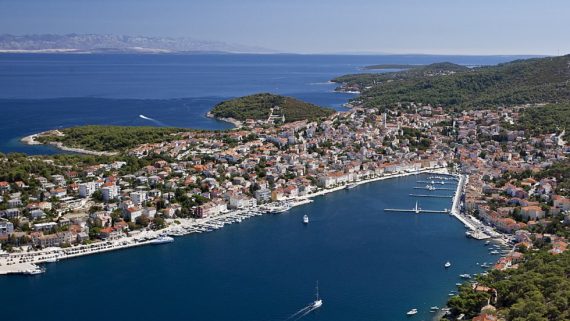
Mali Losinj
Mali Lošinj is the biggest settlement on the island, found on the southern side of the Bay of Lošinj, which thanks to this position has become a very important maritime and commercial centre, and today, also an important tourist destination. Positioned in the August Bay, the biggest closed bay of the island, and with 7000 inhabitants, today it is the biggest island town in the Adriatic. Mali Lošinj dates back to the 12th century when twelve Croatian families settled in the eastern bay St. Martin. First Croatian settlers were farmers, later they also turned to fishing, sailing and shipbuilding, and with that the settlements moved towards the coast The golden age for Mali Lošinj was the end of the 19th century when thanks to seafaring the “small village” turned into a maritime town. Because of the big changes and the maritime crisis in the region, due to passing from sail boats to steam boats, it seemed that the destiny of this and similar towns was sealed. Upon discovering the health benefits of the climate, and growing of the new economic realm, tourism, a new page in the island’s history was open. Today Mali Lošinj is one of the main tourist centres on the Adriatic known in all European tourism circles, which is proofed by an ever bigger number of guest that visit the island every year. Mali Lošinj was the recipient of the title „Champion of Tourism 2007“, and for 2009, Mali Lošinj is the Croatian candidate for the Golden Flower of Europe 2009.
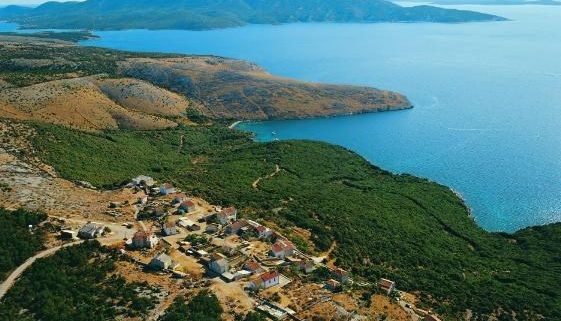
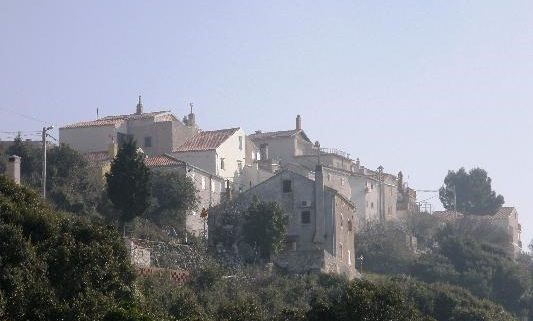
Ustrine
A few km from Belej descending the beach towards the west, we come to Ustrine where the ruins of ancient villas and the remains of vast amounts of old tiles, urns and pottery testify to the origin of a Roman settlement.
Ustrine is a small settlement of sheep-farmers and fishermen situated at the edge of a rugged area. From a height of 180 metres, it falls steeply towards the sea, which with a few inlets, form an indented coastline. If Ustrine had nothing more than panoramas, it still deserves to be seen.
You will be charmed by the hospitality of the simple and friendly hosts where you can find accommodation. Seafood and fresh fish are the specialities of the small inn rights in the village itself.
From the Romanesque church of St. Martin, a paved road which runs through the village slopes down to the sea and leads you to three Ustrine coves – Porat, Veli žal and Županj.
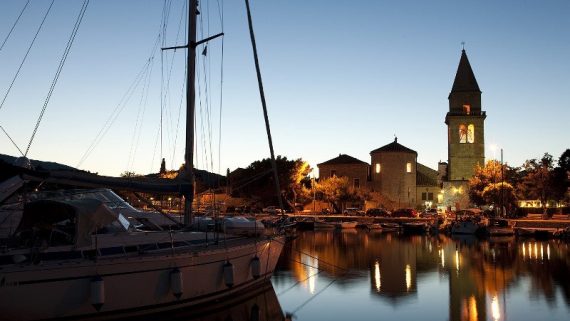
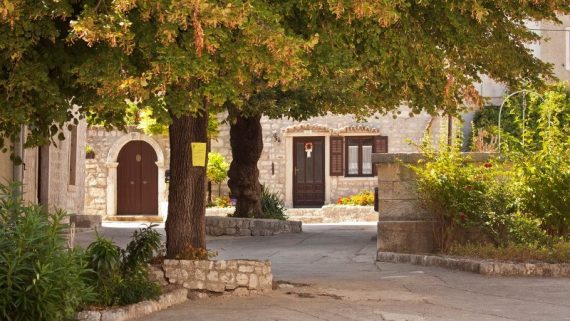
Osor
Although small with a population of only 70 inhabitants, due to its glorious past, preserved natured beauty as well as its gastronomy, Osor is a must as a tourist destination for all those visiting the islands of Cres and Lošinj.
The millennium metropolis of the Cres-Lošinj archipelago – over such a small area, one can find traces of its glorious and distinctive past in every stone of this eternal town.
The ancient town square encompasses beautiful buildings from the XV and XVI centuries, the town hall with its roofed loggia (to-day it is The Archaeological Collection Osor- Museum of Lošinj), Bishop’s palace and magnificent cathedral and bell-tower incorporate the historical nucleus of this town.
In fact, the entire town of Osor is an open-air museum wherein artists from all eras left their legacy, from the contemporary Meštrović to the ruins of the ancient walls, fort, the first early Christian basilica; a museum town whose green gardens and parks cover traces of prehistoric ancient villas, Renaissance portals and monasteries. A town, which is simultaneously history and a museum, becomes a unique open-air stage of rich cultural events during the summer months, the most important being Osor Musical Evening. This event has been held every year in the summer since 1976.

